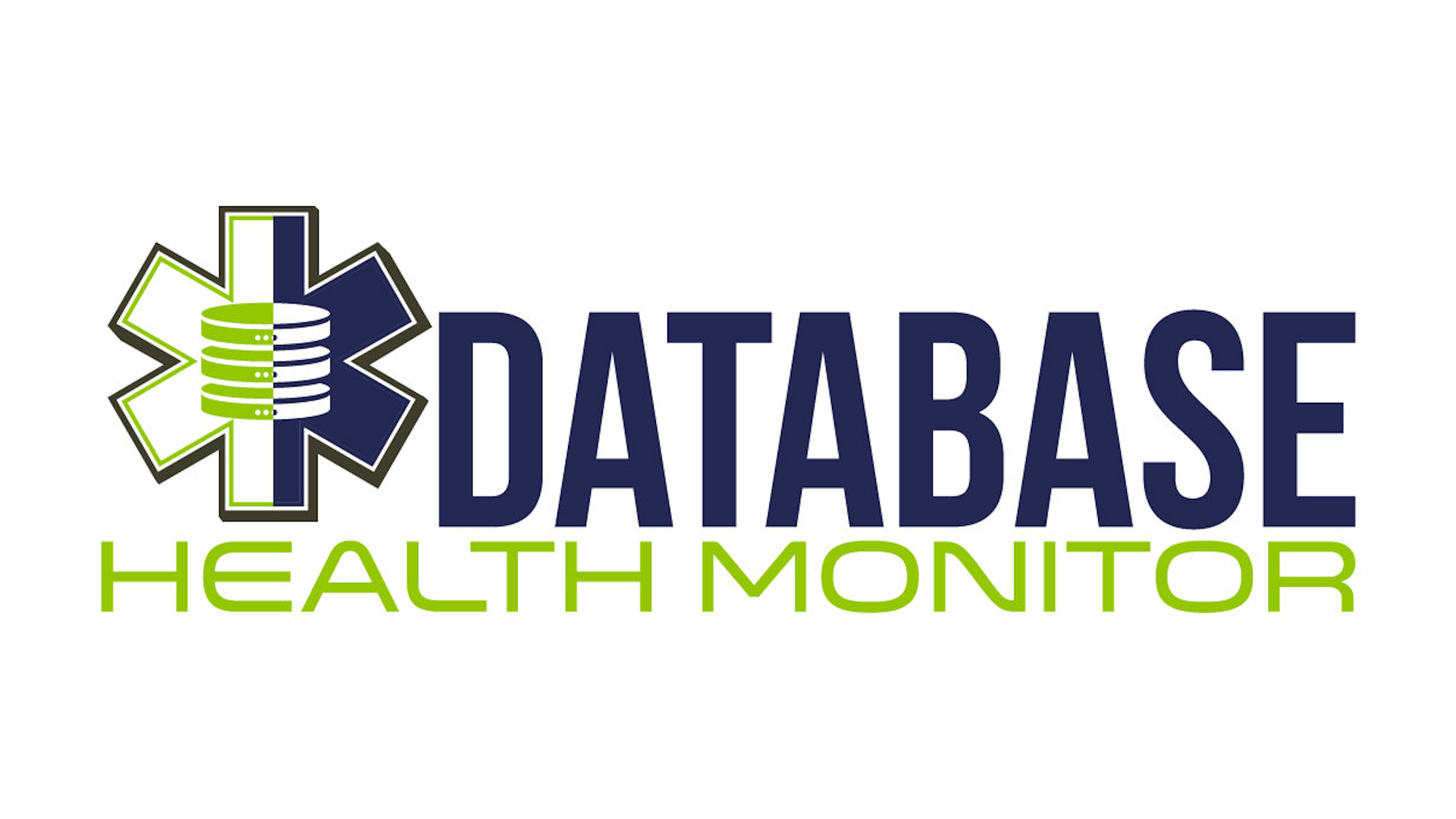Finding and resolving blocking queries is an essential part of database administration, as blocked queries can cause significant performance issues and slow down query execution. The Database Health Monitor for SQL Server provides insights into blocking queries, enabling you to identify and resolve them to optimize database performance.
A blocking query occurs when one query or process prevents another query from executing, resulting in a block that can cause delays in query execution and slow down overall database performance. The Database Health Monitor tracks blocked queries in real-time and provides insights into which queries or processes are causing the most significant blocks.
The blocking query monitor in the Database Health Monitor provides detailed information about the queries or processes that are causing the most significant blocks. The tool provides information about the query duration, query status, and which other queries or processes are being blocked. By identifying the root cause of the block, you can take corrective action to optimize query execution and improve overall database performance.
In addition to the blocking query monitor, the Database Health Monitor also provides insights into long-running queries. The tool tracks query duration and highlights queries that are taking longer than expected to execute. By identifying long-running queries, you can optimize their execution and improve overall query performance.
The Database Health Monitor also provides insights into query execution plans, enabling you to identify potential performance bottlenecks and optimize queries for better performance. By analyzing the execution plan, you can identify areas where SQL Server may be using inefficient operators or not using indexes effectively. The tool also provides information about missing indexes that could improve query performance.
Furthermore, the Database Health Monitor can help you identify queries that are consuming the most resources, such as CPU or memory, and optimize them for better performance. By tracking resource usage, you can identify queries that are causing performance issues and take corrective action to optimize their execution.
Overall, finding and resolving blocking queries with the Database Health Monitor is an essential part of optimizing database performance. With its blocking query monitor, insights into long-running queries, query execution plans, and resource usage, the tool provides invaluable insights into query performance and enables you to optimize query execution and improve overall database performance. If you want to learn more about the Database Health Monitor or try it out for yourself, visit http://DatabaseHealth.com today!
More from Stedman Solutions:

Steve and the team at Stedman Solutions are here for all your SQL Server needs.
Contact us today for your free 30 minute consultation..
We are ready to help!

